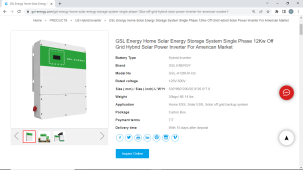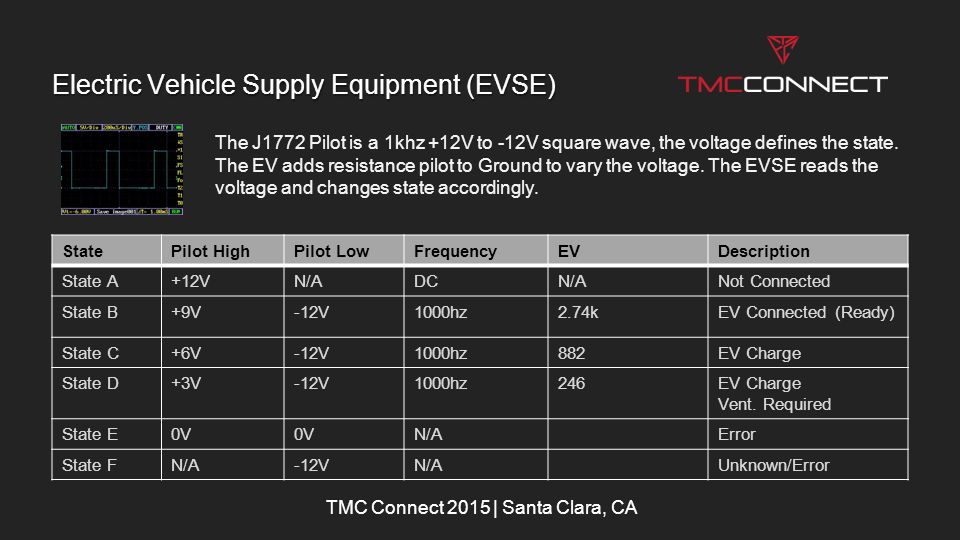You, you can change charge current live on J1772.
Here's a random day last month. I removed home loads and other things from the graph. The home base load is something like 500-700 watts, hence the difference between my solar production and EVSE/car charging.
This is using an OpenEVSE. Works great.
Yellow is PV
Orange is EVSE
The car left at about 1-2 PM for school pick up.
View attachment 138967
While DC PV to DC car battery charging sounds ideal, the extra expense and dedicated solar make it feel like a waste. As others mention, once the car unplugged, my PV was still out to good use (charging the home battery or going to the grid for net metering)





